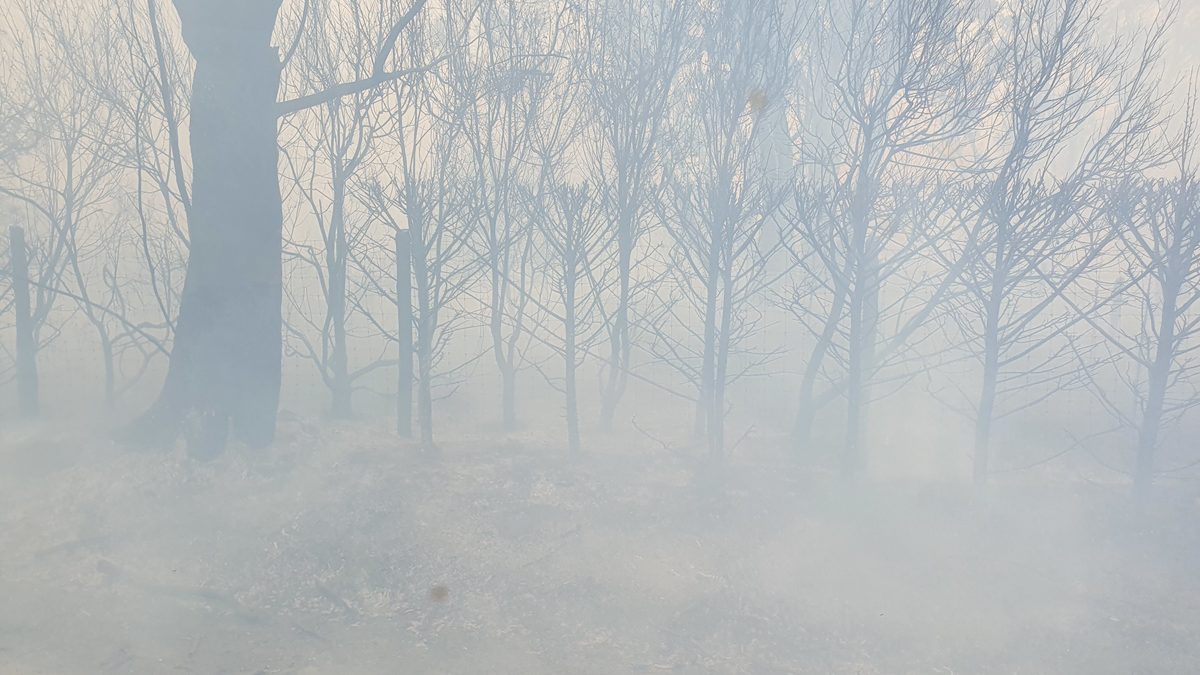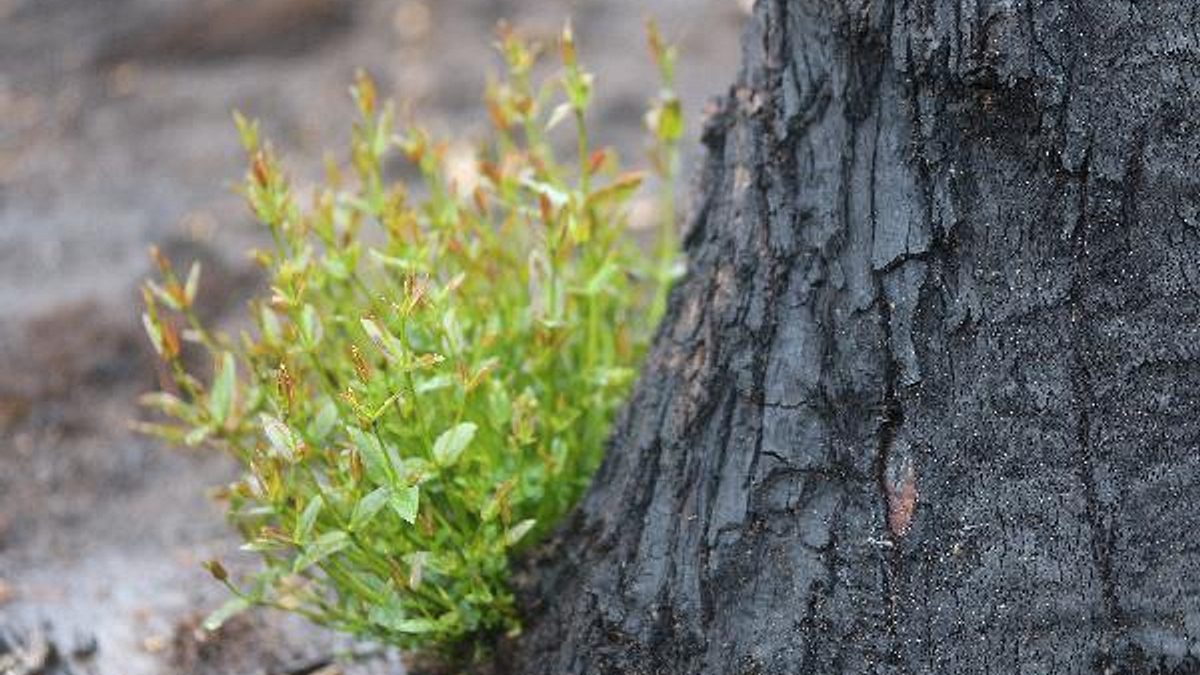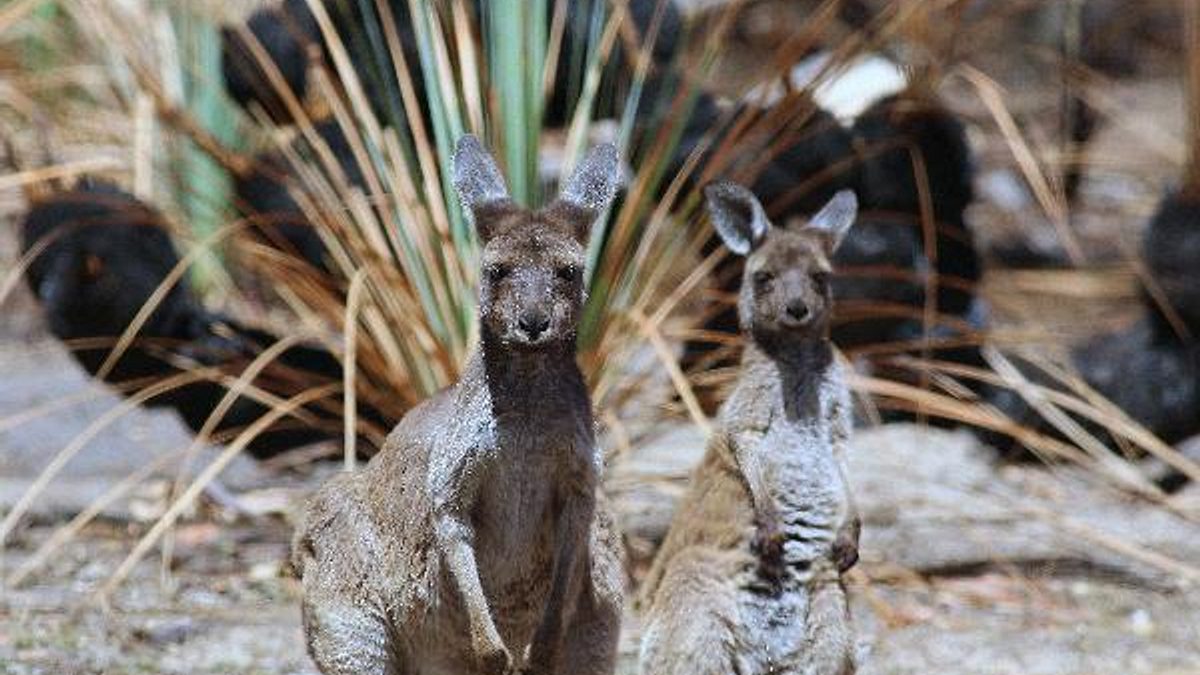Cudlee Creek bushfire recovery
From 2021-2023, we supported landholders impacted by the Cudlee Creek bushfire to recover from the impacts of the fire on soil, water, pasture and native vegetation. This Bushfire Recovery Project provided free workshops, field days, rabbit baits, weed control, plant giveaways and on-ground works to fire-affected landholders.
This project was funded through the Local Economic Recovery Program, a partnership between the Hills and Fleurieu Landscape Board and the Department of Primary Industries and Regions. The Program is co-funded by the Commonwealth and South Australian governments under the Disaster Recovery Funding Arrangements.
The project finished on June 30, 2023.
Cudlee Creek fire recovery - How we did it together
Property recovery
Fencing and caring for dams
Ever considered fencing off your dam? There are many benefits to stock health, water quality and nature. Studies have show that fenced dams even emit less carbon into the atmosphere. Find out more in this factsheet.
To get started on planning a fence, this diagram shows how to design and locate a fence around a dam. A well-designed fence will help to protect and manage one of your greatest property assets.
Caring for your creek-lines to reduce bushfire risk
Many landholders are concerned that the vegetation in their creek-line may make their property more at risk from fire. While this is understandable, it is often not the case. Many creek-lines can actually help reduce fire risk.
A booklet has been produced by the bushfire recovery team which explains how fire behaves around creek-lines, how to protect built assets, and how to manage grazing around creek-lines to reduce bushfire impact. A detailed plan is included for how to fence off creek-lines to both reduce fire risk and protect creek-lines.
Open the flipbook - Caring for your creek-lines to reduce bushfire risk (or download here)
Want to increase biodiversity around your dam or creek? Our new Sedge and Rush Planting Guide can help.
Soils, erosion, water and infrastructure
The nutrient content of ash, organic matter and soil can wash into dams and waterways after rain. Temporary sediment fences can be used to filter this runoff.
Information on why setting up a containment feeding area is a good idea, how to prevent dam contamination and manage soils after a fire, along with learnings from others, is available here.
Cutting red tape on water affecting activities
Find out what activities WILL NOT require a water affecting activity permit for sediment control within a watercourse in a bushfire-affected area. Current Recommended Practice for sediment control within a watercourse in a bushfire-affected area June 2021.
For more information on water affecting activities go to https://www.landscape.sa.gov.au/hf/water/managing-water/water-affecting-activities
Water quality
There are a number of issues that may cause you concern regarding water quality and your livestock health after a bushfire. This information sheet, 'Post-bushfire water quality in farm dams and creeks', can help you identify them and steer you towards some management strategies.
How to identify a harmful algal bloom - California Water Board
Read more on what we're doing with fire impacts on farm water quality, and how it can be managed.
Blue-green and other algal outbreaks
If you are concerned about any algae outbreaks, you can find some simple control methods here. Aeration is the recommended method to manage algae. If you would like to speak to someone about the quality of water in your dam or waterways, please contact staff at Mount Barker (Ph: 08 8391 7500).
Water licences
Water licence holders are being offered support for water used for firefighting or pumps damaged by fires. The Department for Environment and Water will adjust usage totals and charges. Anyone concerned that water taken for firefighting may be included in their licensed water use should get in touch with DEW so adjustments can be made.
Managing native vegetation after fire
- Native vegetation clearance along fence lines – frequently asked questions on replacing fences and native vegetation clearance conditions
- Bushfire recovery and biodiversity – actions to assist native vegetation recovery
- Controlling woody weeds after fire – information on how and when to control bushland weeds and knowing which weed patches to tackle first
- Planning and designing a shelterbelt – a video on lessons learnt from the Pinery fire
The benefits of keeping burnt trees
Many tree species are adapted to fire and will regenerate. Although they may appear dead, they may still be alive. Find out more here.
Even dead trees are important habitat for many wildlife species, especially those old enough to have hollows. Threatened species like the Yellow-tailed Black Cockatoo, need them to shelter and nest in. Hollows also provide habitat for insectivorous species like microbats which help keep insect populations in balance. This is important for agricultural production and the natural environment. Trees in agricultural landscapes can also help reduce soil erosion, which becomes a greater threat after fire.
Home gardens
Discover great resources on how to restore your home garden.
Livestock
For information on immediate steps to take, to manage livestock, head here.
For information on the next steps to take, in managing your land, livestock and pasture after fire, head here.
Managing your land and stock during tough times – it is important to make risk management decisions early. Our web page has links, tools and resources that will help.
Wildlife
The best way for most people to contribute, is to donate to the Wildlife Recovery Fund, which will re-establish native animal habitat – especially threatened species. Find out what to do if you find an injured animal, the dos and don’ts around supplying fresh water or food; and biosecurity impacts in this article.
If you’re wanting to build a nest box to help birds and animals that have lost their habitat, this fact sheet will give you tips to help you work out which species to focus on for a particular site, and what kind of nest box best suits.
Pest plants and animals
Pest animals post fire
The European wild rabbit (Oryctolagus cuniculus) is one animal that might not be too adversely impacted from the recent bushfires. As burrowers, rabbits will have avoided much of the direct fire damage and might now find themselves, at least temporarily, free from many of their predators. This fact sheet can help you manage rabbits after a bushfire.
More information on rabbits, and other pest animals, can be found on our pest animal page.
Problem weeds post fire
Fire can significantly reduce the time required for an effective control program of some weeds. Key environmental and agricultural weeds which respond to fire, are listed on this page.
Information on these weeds, and others, can also be found on our pest plants page.
This video describes methods for controlling woody weeds after fire.
Keep in touch
Follow us on Facebook. The Hills and Fleurieu Landscape Board's Facebook page has news of workshops, grants, courses and other information on fire recovery.



